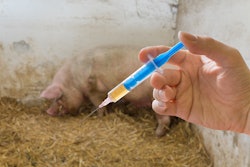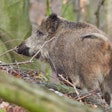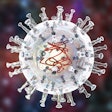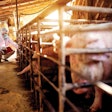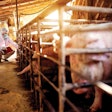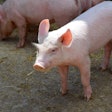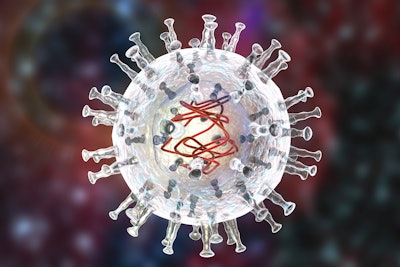
The complex structure of the virus that causes African swine fever (ASF) has long challenged scientists, allowing it to elude vaccines and other attempts to stop it. But a global team of researchers say they have developed a new technique for altering the virus's genome that could change the way we develop vaccines in the future.
This technique, described in a paper released late last month in the journal Science Advances, allows scientists to grow copies of the ASF virus that have been, essentially, customized with human-written changes to their DNA. While changing the viral genome is already a key strategy used by scientists to develop vaccines, this new technique could allow scientists to simultaneously encode multiple, highly complex changes within the virus. That, researchers hope, will prevent the modified virus from reverting to its original infectious form — a phenomenon that has to date prevented the development of a vaccine that remains effective long-term.
“We're hoping that this ultimately will be very useful, and we don't have to worry as much about ASF in the long run, because (the virus) has been around for a hundred years and there is still no real vaccine for it,” Sanjay Vashee, director of the Rockville Campus of the J. Craig Venter Institute for genomic research, said.
While other methods for changing viral DNA focus on clipping genetic information from the virus itself, the technique developed by Vashee and his colleagues starts by writing raw, customized genetic code. This code is then inserted into host cells — yeast cells, in this case — to produce viral particles with the desired genetic information.
This has been done with other viruses in the past, Vashee said, but attempts to do this to the ASF virus had previously proved impossible. All viruses reproduce, so to speak, because they aren't actually living organisms, by hijacking the cells of other organisms and forcing those cells to make copies of the virus. But unlike many other viruses, which can trigger this process with their genetic material alone, the ASF virus uses a combination of proteins and genetic information to trigger replication. Simply inserting bits of ASF virus DNA into a cell will not produce new virus particles.
Scientists have overcome this challenge with other, similar viruses in the past by using “helper” viruses to jump-start the replication process and trigger the production of viruses with the desired genetic alterations, Vashee said. But attempts to do this with ASF had also failed — until Vashee and his colleagues tried using the ASF virus itself as the “helper.”
The viral particles created by this process, according to the paper, contained the desired genetic sequences written by Vashee's team.
“The hope is that we can make ... attenuated strains that are not going to revert back,” Vashee said, because if you make say five changes to the virus all at once instead of one, the virus has to mutate five times to revert back to a contagious form, “which is very unlikely.”
The next goal, Vashee said, is to test the technique in the specific ASF variant that has caused recent outbreaks in Asia and Europe, known as genotype two. The initial tests described in their most recent paper used genotype nine, a strain that is common in Africa, Vashee said. But longer term, he said, the technique might also prove useful against other as-yet incurable diseases such as lumpy skin disease.

